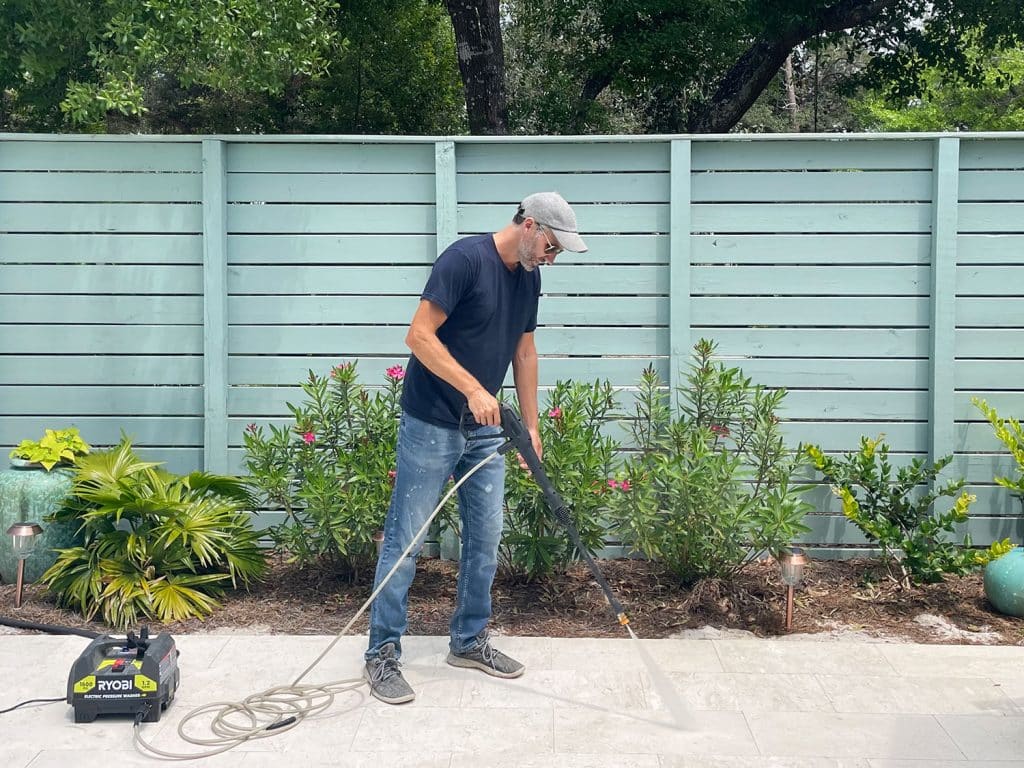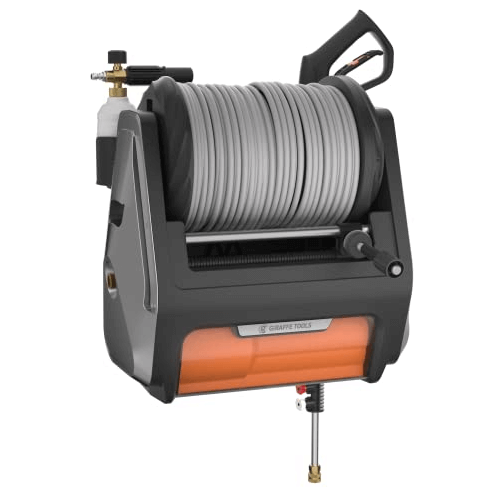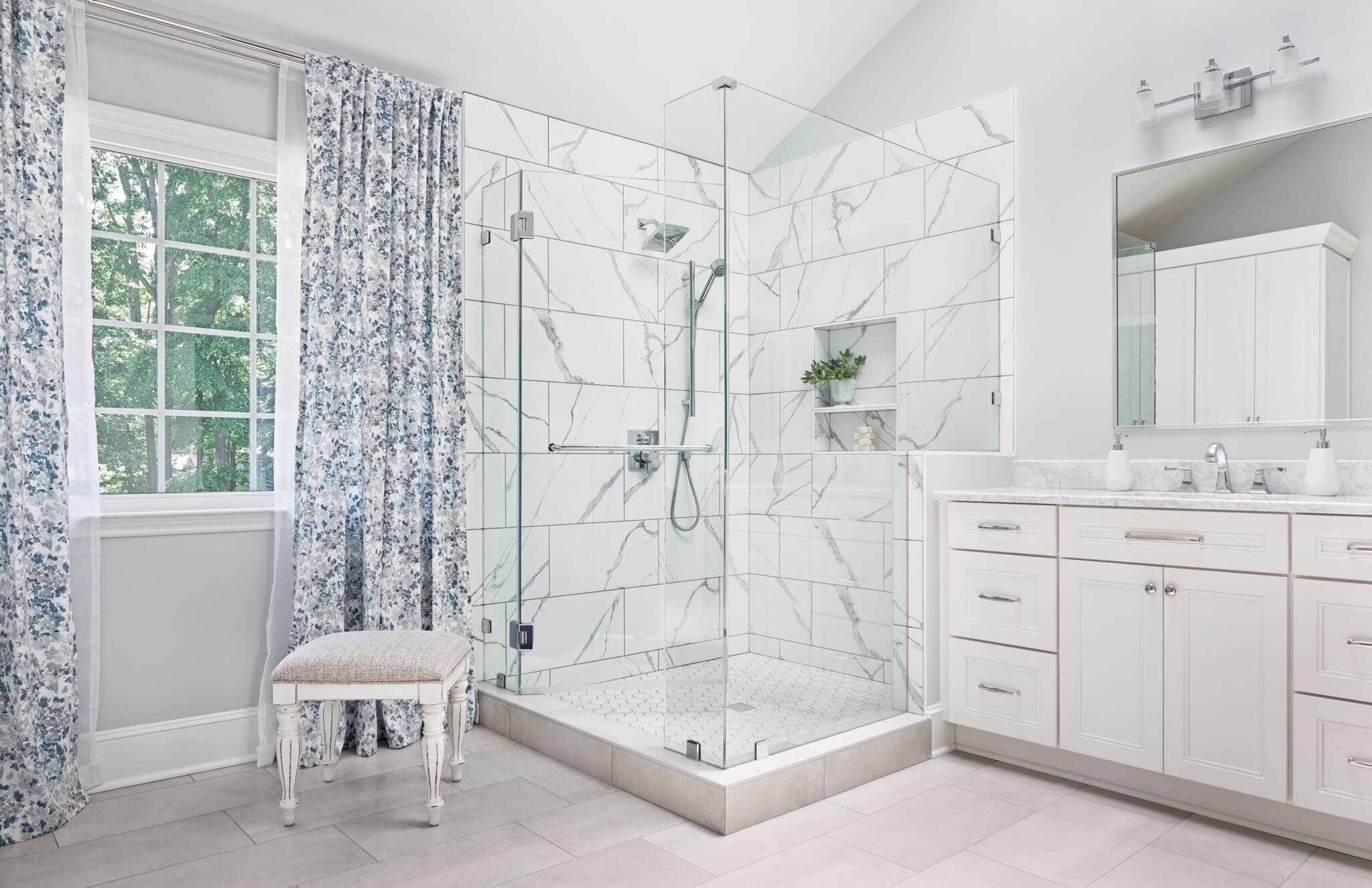Power Washing Safety Basics: Tips to Keep Operators and Homeowners Safe

As a homeowner, keeping the exterior of your house clean is essential for maintaining its appearance and value. Power washing, also known as pressure washing, effectively removes dirt, mold, mildew, and other debris from surfaces like siding, decks, driveways, and patios. However, power washers use high-pressure water jets that can damage property or cause injury if not used properly. As a professional power washing company serving Wheaton, IL, and nearby suburbs, National Soft Wash wants to ensure our technicians and DIY homeowners stay safe while power washing.
This article will provide power washer safety basics every operator should know. We’ll cover proper handling of power washers, protective gear that should be worn, preparation steps before starting work, and safe operational techniques. Safety is our top concern for our trained technicians and clients, so following these common sense guidelines can help prevent accidents and injuries during exterior cleaning projects.
Properly Handling Power Washers
Power washers are heavy pieces of machinery that become highly pressurized during operation. Proper handling and operation are crucial for staying safe and avoiding damage. Here’s what you need to know:
- Lift properly – Power washers often weigh over 100 lbs, so lift from the base with your legs, not your back. Or use ramps when loading into vehicles.
- Check hoses – Inspect hoses regularly for cracks and leaks. Frayed hoses can burst under pressure. Replace damaged hoses before operating.
- Release pressure before disconnecting – Turn off the machine and pull the trigger to relieve internal pressure before disconnecting hoses or attachments.
- Support equipment – Set the power washer on a stable, level surface so it doesn’t tip over while running. Keep it upright, not tilted.
- Fuel safely – Gas-powered washers pose a fire risk, so refuel only when the engine is excellent, and stores fuel away from heat sources.
Wearing Protective Gear
Using a power washer without the proper protective equipment can lead to severe and painful injuries. Here are some basic guidelines on gear that every operator must wear:
- Boots with slip-resistant soles – Water from the spray can make surfaces slippery, so proper footwear helps avoid falls. Close-toed boots also protect feet if equipment is dropped.
- Water-resistant gloves – Sturdy rubber gloves protect hands from blisters when holding the trigger gun and prevent cuts from sharp cleaning surfaces.
- Eye protection – Goggles with splash guards shield eyes from debris kicked up by the high-pressure spray. Wear them even when spraying with the wand inverted.
- Ear plugs – Power washers generate 80-95 dB of sound, on par with a lawnmower. Ear plugs prevent hearing damage from continuous exposure.
- Protective clothing – Long sleeves, pants, and a waterproof jacket keep the spray from harming skin or soaking clothes. Make sure the clothing fits snugly. Jewelry should be removed.
Preparing the Work Area
Mishaps often happen because insufficient preparation was taken before starting power washing. Here are vital steps operators should take beforehand:
- Cordon off the area – When power washing, keep people and pets away from the work zone. Place caution cones and “wet surface” signs.
- Inspect the surface – Note any cracked surfaces or loose parts that could become dislodged by spraying. Spot repair them first before power washing the entire surface.
- Clear debris – Remove any brush, toys, or furniture from the area that could create tripping hazards.
- Check electrical – Ensure no outlets or wiring are located in the spray zone that water can reach. Never spray near utility lines.
- Have a fire extinguisher – As a precaution, use gas-powered washers. It is also helpful if sparks kick up when spraying concrete or metals incidentally.
Operating Power Washers Safely
It’s also vital to use safe techniques when operating power washing equipment:
- Never disconnect safety devices – Trigger locks, emergency shut-off switches, and other safety mechanisms should remain intact and not be tampered with.
- Check spray angle – Position the nozzle 30-45° to the cleaning surface and 6-24 inches away. Avoid spraying straight at 90° angles.
- Use steady motions – Move the wand side-to-side uniformly to avoid gouging wood or etching glass by lingering in one spot.
- React to kickback – Power washers have a kickback force when turned on, so plant your feet firmly and brace your core. Be prepared for the initial push.
- Watch footing – Be aware of slick surfaces that may cause slips or falls while moving the wand during washing. Work slow.
- Take breaks – Power washing requires repetitive motions. Rotate with a partner or take short breaks to avoid overexertion or hand fatigue.
Remember, pressure washers shoot water at pressures over 1000 PSI, enough to pierce the skin or remove flesh down to the bone. While extremely useful for cleaning jobs, they must be treated seriously and used cautiously. Please get in touch with our power washing services team if you have any safety questions or to inquire about our pressure washing packages. Stay safe out there.





